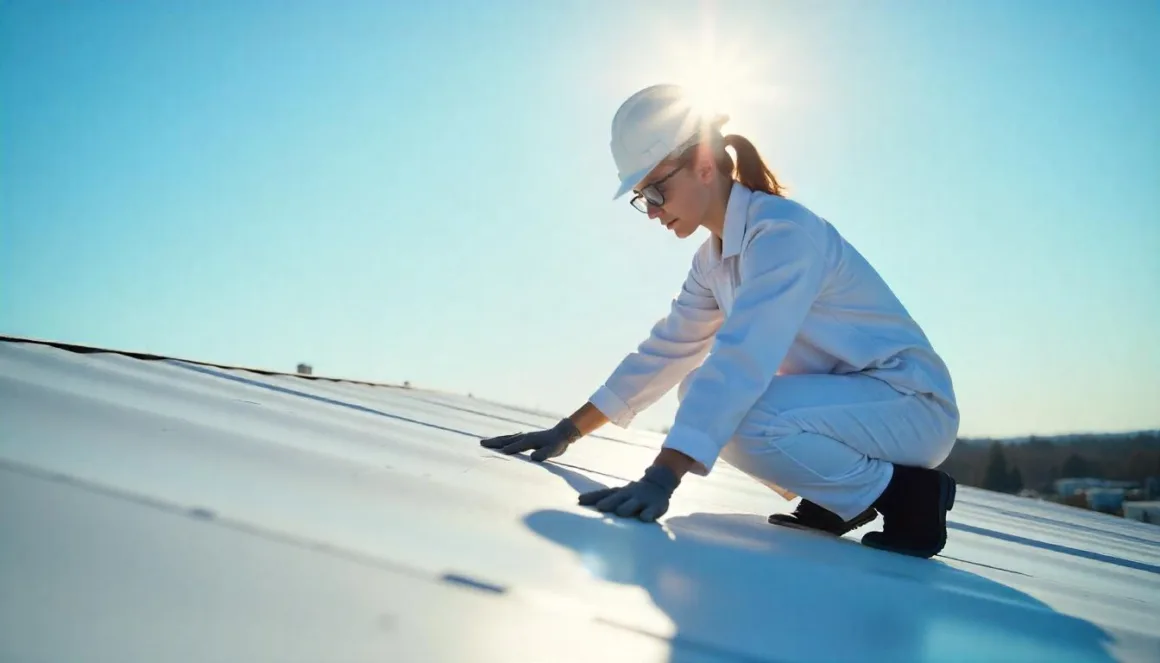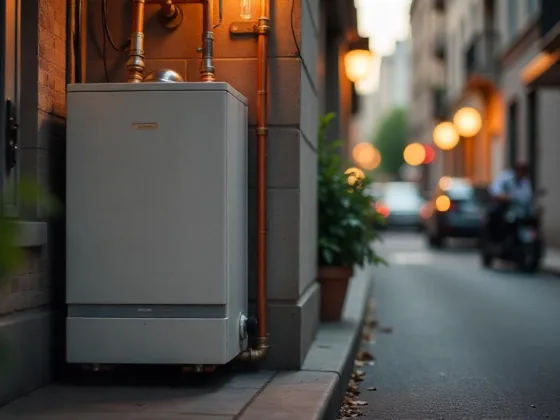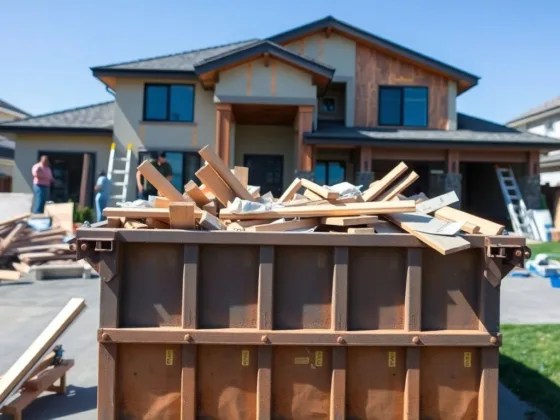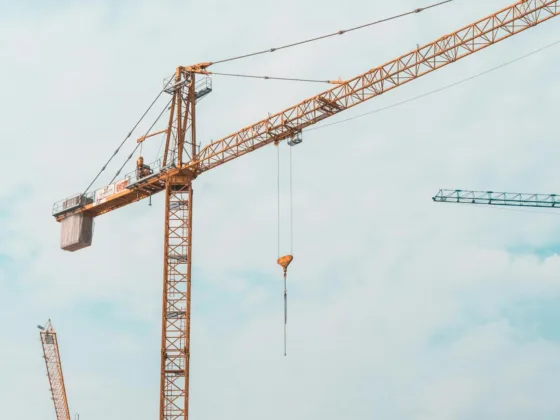Table of Contents Show
When you’re managing a commercial property, the roof may not be the first thing on your mind—until something goes wrong. A leak during business hours, unexpected water damage, or soaring energy bills can quickly disrupt operations and cut into your bottom line. That’s why routine commercial roof inspections are one of the smartest investments a building owner or property manager can make.
At Independent Construction, we’ve seen firsthand how regular inspections can extend the lifespan of a roof, save thousands in repairs, and prevent costly downtime. Here’s why scheduled inspections should be a non-negotiable part of your building maintenance plan.
Importance of Commercial Roof Inspections
Commercial roofs are significantly larger than residential ones, covering extensive areas where minor issues can rapidly escalate into major problems. These roofs, often not just flat but also supporting heavy equipment like HVAC units, are subject to continuous exposure to sunlight, UV rays, rain, snow, and strong winds, leading to accelerated wear and tear.
Factors Leading to Roof Damage
- Foot Traffic Impact: Commercial roofs are susceptible to damage from frequent foot traffic by employees or maintenance workers, potentially causing cracks, punctures, or tears that allow water infiltration beneath the surface.
- Exposure Effects: Exposure to elements can accelerate wear and tear, particularly in areas prone to water pooling or poor drainage.
Common Issues Found During Inspections
- Ponding Water: Standing water on the roof due to clogged drains can weaken the membrane and result in leaks if not addressed promptly.
- Membrane Damage: Punctures or tears in the roofing membrane can lead to water seepage and damage the underlying structure.
- Seam Separation and Flashing Failure: Failed flashing can cause leaks around joints and seams, potentially compromising the roof’s integrity.
Inspectors focus on identifying early signs of moisture issues, such as mold and mildew growth, which can weaken the roof structure and pose health risks if left unchecked.
Recognizing Structural Damage Early
Early detection of structural damage, such as cracks in the roof deck or sagging areas, is crucial, as it may indicate underlying support issues. Prompt identification of these signs can prevent extensive damage to the entire roof system.
Related reading: 5 Reasons Why Building Inspections are Important
When Should You Schedule a Commercial Roof Inspection?
Knowing when to schedule a commercial roof inspection is key to keeping your building safe and preventing costly repairs. At a minimum, inspections should happen twice a year. Many experts recommend doing these checks in the spring and fall.
- Spring inspections help find damage caused by winter’s freeze-thaw cycles, snow, ice, or ice dams.
- Fall inspections prepare the roof for winter storms by catching issues early before heavy snow or ice buildup.
Regular inspections are a smart way to catch small problems before they turn into big ones.
After Severe Weather Events
In addition to scheduled biannual checks, inspections should happen after severe weather events. High winds, hailstorms, or heavy snow can cause unseen damage to the roof.
For example:
- Hail can crack or dent roofing material.
- Strong winds can lift shingles or roofing membranes.
- Heavy snow builds up weight and can lead to leaks if it melts unevenly or causes ice dams.
If your building experiences a storm, it’s wise to call for an inspection to assess any damage and prevent leaks or structural issues.
Before and After Major Roof Work
Another important time for inspection is before and after major roof work. When you add new equipment or make repairs, it can affect the integrity of your roof.
- Checking the roof before installation ensures the surface is stable.
- After installation, inspections confirm the new work doesn’t cause leaks or damage to the existing roofing.
This step is essential to protect your investment and ensure the roof remains strong.
For Property Transactions
For property transactions, inspections are equally crucial. When buying a commercial property, a roof inspection helps uncover hidden issues. Knowing the roof’s condition can influence the buying decision or help negotiate repairs.
When selling, getting an inspection shows potential buyers you’ve maintained the building well. It can speed up sales and prevent surprises during escrow.
The Long-Term Benefits of Routine Inspections
The long-term benefits of conducting routine inspections on commercial roofs cannot be overstated. Regular check-ups do more than just keep the roof in good shape; they save money and protect your investment over time.
Catching Issues Early
Small problems like loose shingles, minor leaks, or cracked flashing may seem minor, but if left unattended, they can turn into big and costly repairs. Catching these issues early means fixing them before they cause damage to the roof’s structure or your building’s interior.
For example, a small leak might only require a quick patch, but if ignored, it could lead to mold growth or water damage that runs into thousands of dollars in repairs.
Better Budgeting
Scheduling regular inspections also helps with better budgeting. When you know what issues might develop soon, you can plan your finances accordingly. You won’t get caught off guard by unexpected expenses for repairs or replacements.
This makes it easier to set aside money over time and avoid dipping into emergency funds or taking out loans to cover sudden costs. Plus, many roofing companies can help create a maintenance plan that aligns with your financial goals.
Maximizing Roof Lifespan
A roof is a major investment for any business. Proper care keeps it strong and functional longer. Routine inspections identify weak spots, damaged materials, and aging parts early, so they can be replaced or repaired right away.
Preventing small problems from worsening helps your roof last many years beyond its expected lifespan. For instance, routine maintenance might extend a roof’s life by several years, saving thousands of dollars in the long run.
Validating Manufacturer’s Warranty
Keeping your manufacturer’s warranty valid is important for protecting your investment. Most warranties require proof of regular inspections and maintenance. Failing to meet these requirements can void the warranty, leaving you responsible for costly repairs that could have been covered.
An inspection report serves as proof that you’ve taken good care of your roof and can help when making warranty claims or disputes.
Enhancing Safety and Reducing Liability
A neglected roof can become a hazard, with loose debris or uneven surfaces that could cause someone to trip. Water pooling or leaks can create slippery spots or promote mold growth, increasing health risks.
Regular inspections address these issues before they pose danger, lowering the chances of slip-and-fall accidents or water damage that might lead to legal claims. Businesses with well-maintained roofs often see fewer insurance claims related to safety or property damage.
In the end, having your roof inspected regularly is not just about upkeep. It’s a smart way to manage risk, reduce costs, and protect your property.
Each inspection acts as a safeguard, alerting you to issues early and helping you plan for future needs. Keeping your roof in good shape ensures a safer, more reliable building that stays in top condition for years. This approach saves money and time and ensures your investment remains sound and protected for the long haul.
Related reading: 5 Factors About How to Do Home Inspections
Why Choose Independent Construction for Commercial Roofing Services?
Independent Construction stands out as a leading commercial roofing contractor with extensive experience in inspections, repairs, and installations. Our certified team specializes in various roofing systems such as flat roofs, membrane systems, and metal roofing.
We work closely with property managers, facility directors, and business owners to tailor inspection schedules according to your needs, whether you manage a single retail building or multiple properties.
FAQs
Routine commercial roof inspections are crucial because they help identify potential issues before they become major problems. This proactive approach can save you money on repairs and extend the lifespan of your roof.
It’s generally recommended to schedule a roof inspection at least twice a year, ideally in the spring and fall. However, if your roof is older or has experienced severe weather, more frequent inspections may be beneficial.
Look out for signs like water stains on ceilings, leaks, visible damage like cracks or blisters, and excessive debris on the roof. If you notice any of these, it’s a good idea to schedule an inspection.
During a routine inspection, a professional will assess the roof’s condition, check for leaks or damage, inspect drainage systems, and look for signs of wear and tear. They’ll provide you with a report detailing their findings and any recommended actions.
While you can do a basic visual check, it’s best to hire a professional for a thorough inspection. They have the training and experience to spot issues that you might miss and can safely access areas that may be hard to reach.










